A recent post by CBS News, titled “Top 10 deadliest hurricanes in U.S. history,” presents a factual discussion of the 10 deadliest hurricanes that made landfall in the United States. Refreshingly, CBS did not attempt to attribute the deadly hurricanes to climate change.
The post begins by quoting the Colorado State University Tropical Meteorology Project prediction that this season would be “well above average” for major hurricanes making landfall in the United States and Caribbean. While some media outlets, including CBS in other posts (covered by Climate Realism here), do try to cram a human-caused climate change narrative into stories covering this hurricane season, this one does not. Instead, it merely lists the top ten storms with the highest death tolls, and the post itself actually serves to undermine climate alarmist claims about the “unprecedented” nature of recent storms.
Of the ten storms listed:
- 4 happened before the year 1900;
- The Great Galveston hurricane of 1900 killed the most people of all at up to 12,000 people;
- Only Katrina (1,200 dead in Louisiana, 2005) and Maria (2,975 dead in Puerto Rico, 2017) occurred within the last three decades.
It is an open question, however, whether Maria should actually make the list since the death toll from the hurricane itself was 64. The 2,975 number comes from an counterfactual attribution study, the kind Climate Realism has critiqued previously here and here, for example, in which the authors looked at historical death patterns in and around the time of the hurricane, and attributed any excess deaths to the hurricane – an “estimate how many people would have died had Hurricane Maria not hit the island.” Had attribution studies been conducted for each and every hurricane on the list, it is likely their death tolls would have been much higher as well.
Helene has a current death toll of 238, according to the report, but that number is likely to climb as more wreckage is combed through and missing persons are identified. At the time of writing, no death statistics are available for Milton.
There is no clear pattern to this data, for two major reasons.
First is that there is no pattern of increasingly severe storms. The available hurricane and tropical cyclone data simply do not show that hurricanes are getting more intense, severe or frequent over time. Climate Realism has covered the data, sometimes at the state-specific level, dozens of times. Even the Intergovernmental Panel on Climate Change (IPCC) agrees, stating in their 2021 AR6 Working Group report that identifying past trends in tropical storm metrics is a “challenge.”
Since the beginning of more accurate data collection in the 1970s, there is no trend whatsoever for global tropical cyclone frequency, or global accumulated cyclone energy (ACE). (See figures below)
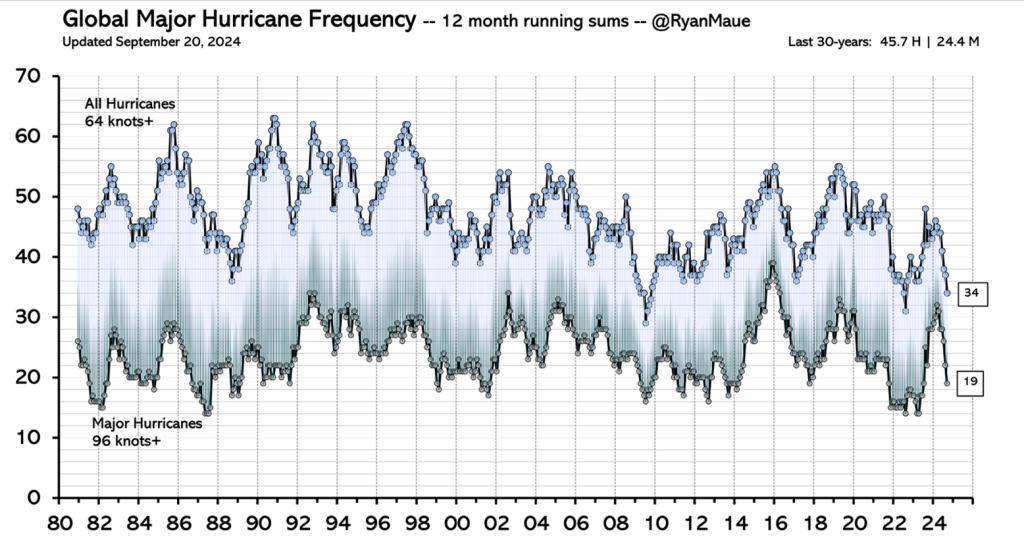
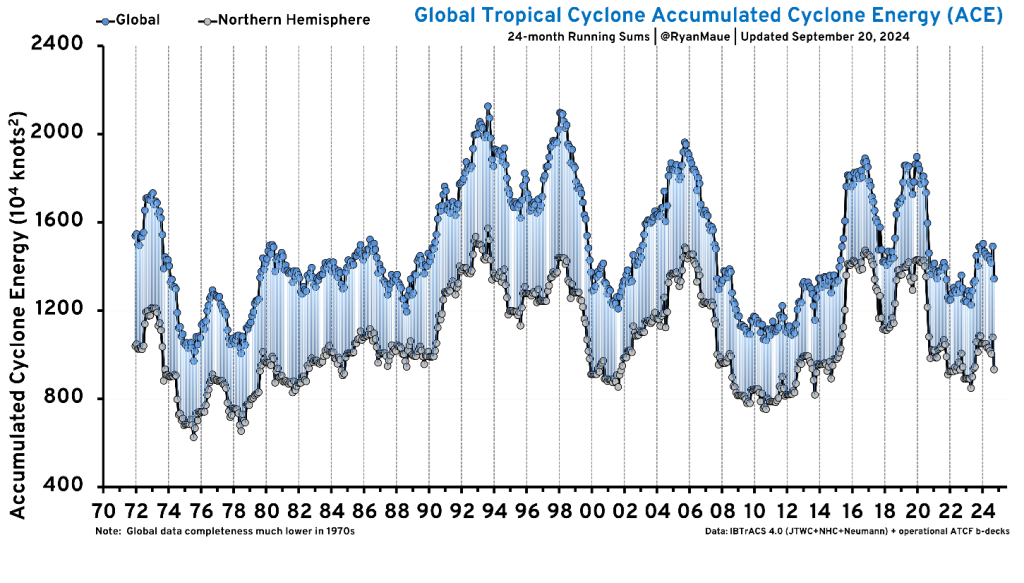
Despite a much larger population in the Hurricane bullseye zone on the coasts now than in the past, most of top ten deadliest hurricanes occurred in the more distant past. Why? Because of improved early warning systems resulting in evacuations and infrastructure in the United States having been hardened against severe weather due stronger building standards and technology. Also, many deaths due to exposure to the elements have been prevented by modern generators and the speed with which emergency personnel can get into communities and power is restored. These improvements would not have been possible without fossil fuels and their byproducts, which climate alarmists seek to eliminate.
Every deadly storm is a tragedy, and it is just as much of a mistake to downplay the danger and damage from tropical cyclones as it is to hype them up and try to connect them to climate change. In this instance, CBS gave a simple, factual account detailing the somber history of severe hurricane landfalls in the United States and its territories. Bravo, CBS. See if you can follow this up by sticking the facts about severe weather in the future.


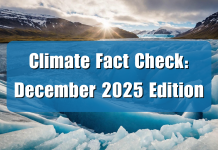


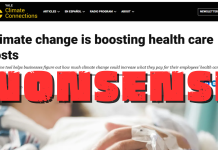






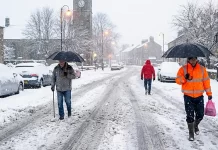



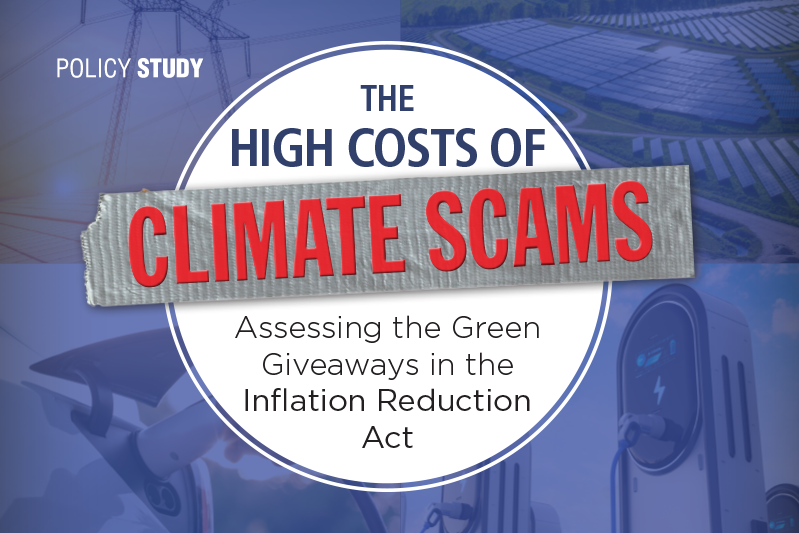
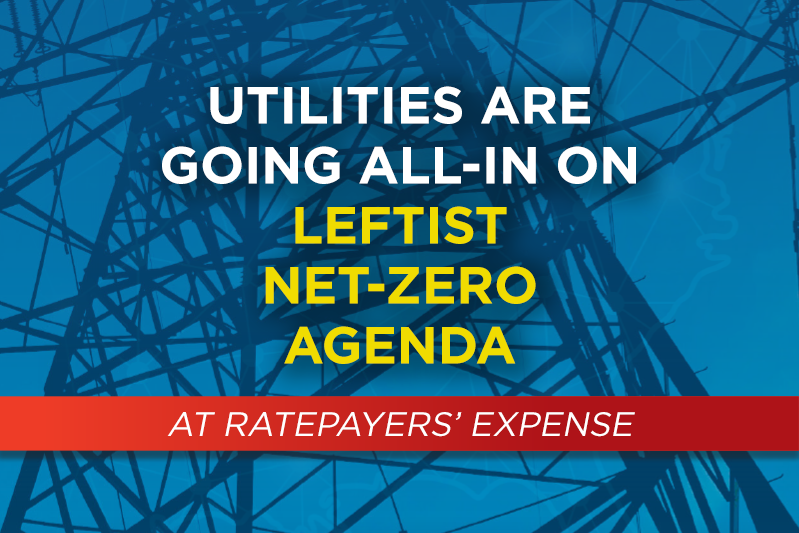
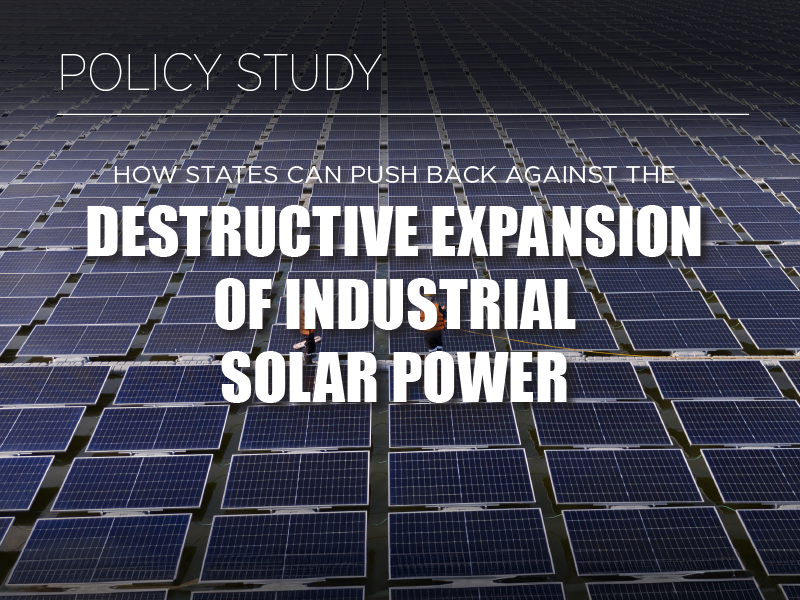
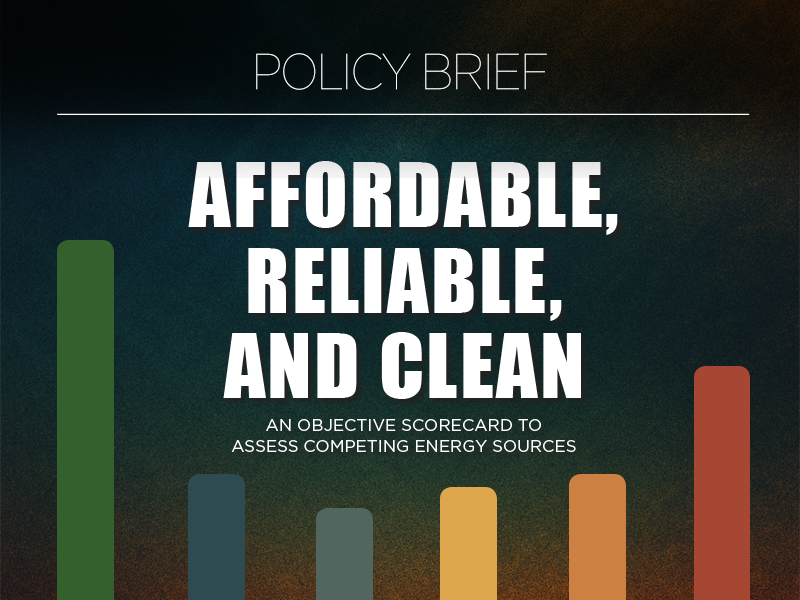


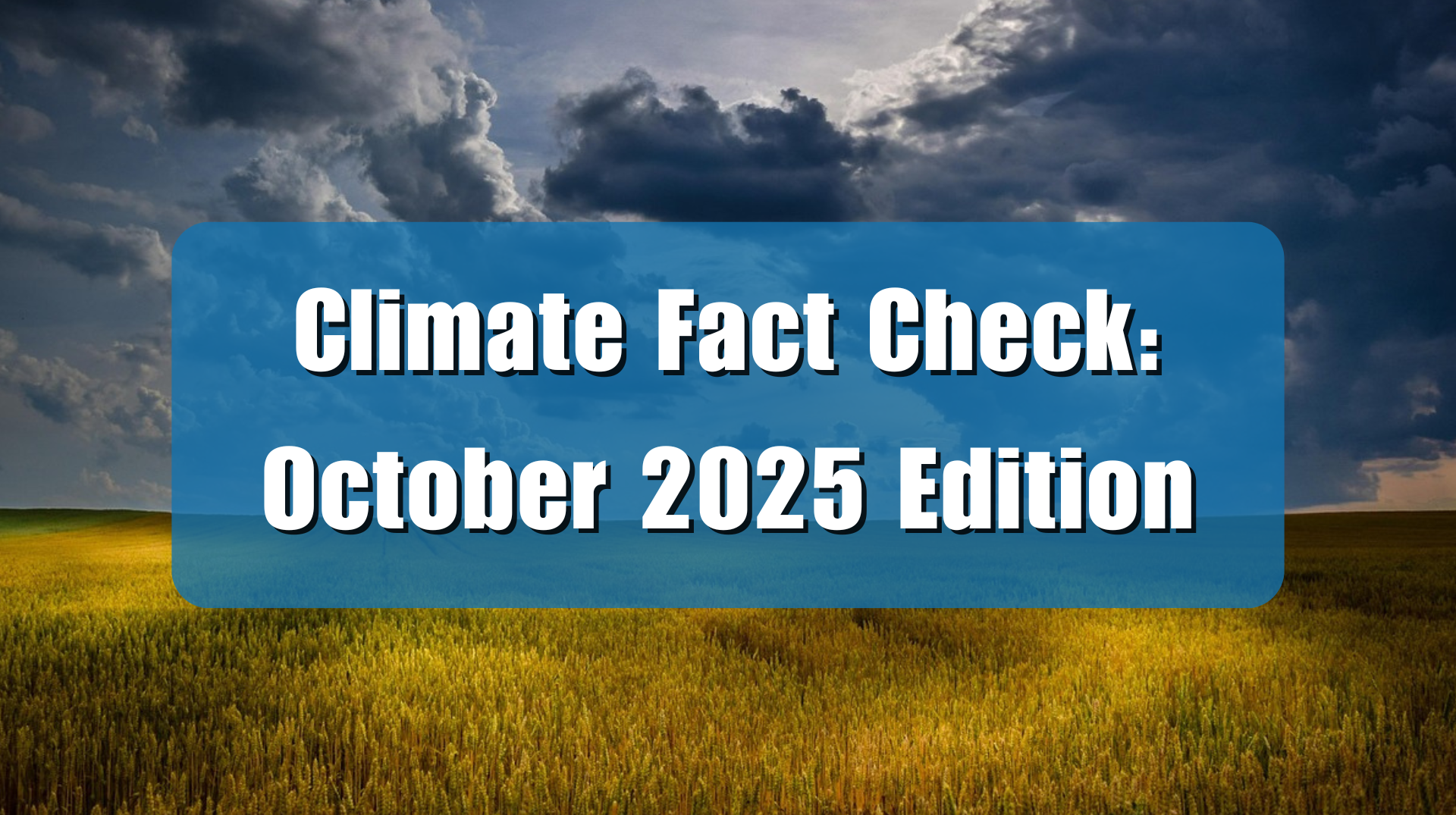

Wow an actual straight forward accounting of the deadliest storms without mentioning a fictional source! Somebody must have been asleep at the wheel to allow this to happen! You mean to say hurricanes 🌀 prior to 1900 we’re not due to cataclysmic winds that would have caused minimal damage, glad we have historical records that chronicled these storms! Now we need to focus on more durable structures and the ability to withstand ever increasing storms in heavily populated regions to reduce their impact for the future than to blame these storms on dubious reasons for their occurrence!
It is shocking that CBS has told the truth on ANY political topic for a change, much less on a weather related topic!! In any case, thank you, Linnea, for giving us the facts on which are actually the deadliest hurricanes in U.S, history!